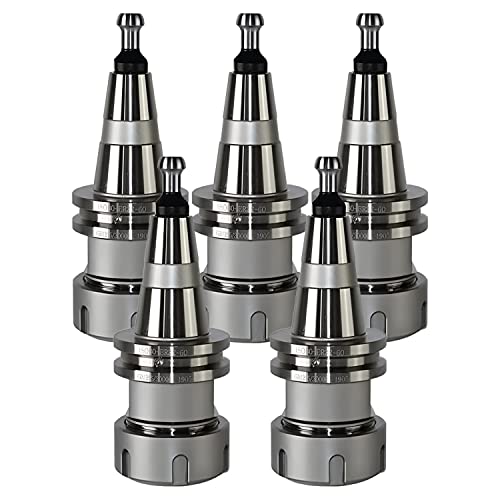Or there is the quick and dirty way - always the preferred method in my shop! - and use coach bolts with the heads ground down on the bench grinder to suit. Not sure about Myford sizes but 5/16" coach bolts, the ones with round domed heads and a square section between head and shank, are a pretty good fit on my Drummond. You may have to go a size smaller on the Myford. The square is a good fit in the narrow part of the T slot, some may need the slightest touch on the bench grinder to move back and forth freely.
The coach bolt can be set in the three jaw and the top of the domed head machined down flat until it is just less than the depth of the wide section of the T slot. Finally the round domed head has two flats ground on it on the bench grinder until that part of the head is a free sliding fit in the wide section of the T slot.
I've been using this " temporary" measure for years while I wait to get around to making proper T nuts. Never any problems.
I have also found that standard Metric sized T nuts available cheap cheap on the interwebs fit Drummond and Myford sized T slots with a very minimal lick on the bench grinder on the bottom face and the two sides that fit inside the wide part of the T.
Myford today does not seem to sell Imperial sized T bolts and nuts, except a couple of the longer sizes that would be leftover old stock. They sell instead Metric replacements. M6 threads instead of 1/4". Sign of the times I guess.
The coach bolt can be set in the three jaw and the top of the domed head machined down flat until it is just less than the depth of the wide section of the T slot. Finally the round domed head has two flats ground on it on the bench grinder until that part of the head is a free sliding fit in the wide section of the T slot.
I've been using this " temporary" measure for years while I wait to get around to making proper T nuts. Never any problems.
I have also found that standard Metric sized T nuts available cheap cheap on the interwebs fit Drummond and Myford sized T slots with a very minimal lick on the bench grinder on the bottom face and the two sides that fit inside the wide part of the T.
Myford today does not seem to sell Imperial sized T bolts and nuts, except a couple of the longer sizes that would be leftover old stock. They sell instead Metric replacements. M6 threads instead of 1/4". Sign of the times I guess.












































![DreamPlan Home Design and Landscaping Software Free for Windows [PC Download]](https://m.media-amazon.com/images/I/51kvZH2dVLL._SL500_.jpg)







![MeshMagic 3D Free 3D Modeling Software [Download]](https://m.media-amazon.com/images/I/B1U+p8ewjGS._SL500_.png)











![TurboCAD 2020 Designer [PC Download]](https://m.media-amazon.com/images/I/51UKfAHH1LL._SL500_.jpg)



